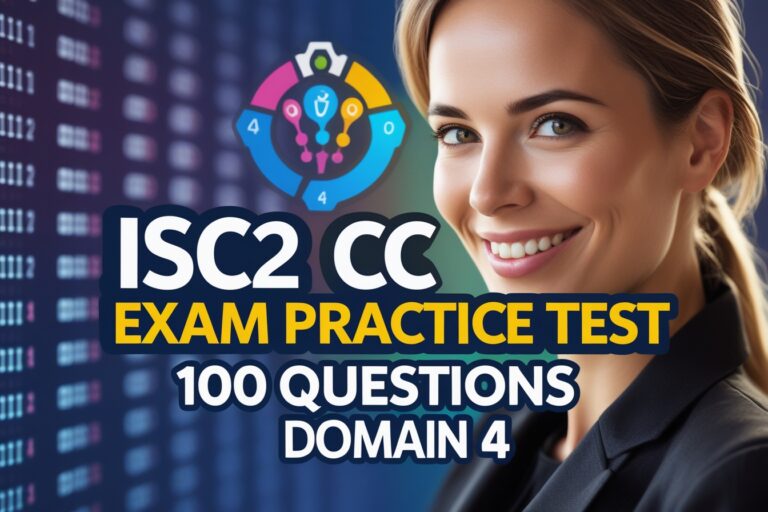1. An object is an un-ordered collection of ………………………, each of which has a name and a value.
A) properties
B) names
C) values
D) All of the above
2. The ……………………… attribute of an object specifies whether the value of the property can be set.
A) readable
B) writable
C) enumerable
D) configurable
3. The ………………… attribute of an object specifies whether the property name is returned by a for/in loop.
A) readable
B) writable
C) enumerable
D) configurable
4. The …………………….. attribute of an object specifies whether the property can be deleted and whether its attributes can be altered.
A) readable
B) writable
C) enumerable
D) configurable
5. An object’s ……………………….. is a reference to another object from which properties are inherited.
A) Characteristics
B) Prototype
C) Class
D) Extensible flag
6. An object’s …………………… is a string that categorizes the type of an object.
A) Characteristics
B) Prototype
C) Class
D) Extensible flag
7. An object’s ………………………. specifies whether new properties may be added to the object.
A) Characteristics
B) Prototype
C) Class
D) Extensible flag
8. A ……………………… is an object or class or objects defined by the ECMAScript specification which includes arrays, functions, dates and regular expressions.
A) native object
B) host object
C) user defined object
D) remote object
9. A ……………………. object is any object created by the execution of JavaScript code.
A) native
B) host
C) user defined
D) remote
10. JavaScript objects can be created with the new keyword, and with the ………………. function.
A) object()
B) object.create()
C) JavaScript.object()
D) create.object()
11. An ……………………… is a comma separated list of colon separated name: value paris, enclosed within curly braces.
A) object prototype
B) object literal
C) object class
D) associative arrays
12. An ………………………. is an expression that creates and initializes a new and distinct object each time it is evaluated.
A) object prototype
B) object literal
C) object class
D) associative arrays
13. The …………………… returns true only if the named property is an own property and its enumerable attribute is true.
A) hasOwnProperty()
B) propertyIsEnumerable()
C) getOwnProperty()
D) IsPropertyOf()
14. Properties defined by getters and setters are sometimes known as …………….. to distinguish them from data properties that have a simple value.
A) accessor properties
B) getters properties
C) setters properties
D) getter and setters properties
15. The ………………….. attribute of property descriptor object governs attempts to change the other attributes and also specifies whether the property can be deleted.
A) writable
B) configurable
C) enumerable
D) value
16. If data property is not configurable, you can’t change its ……………………… attribute from false to true, but you can change it from true to false.
A) writable
B) configurable
C) enumerable
D) value
17. If an accessor property is not ………………………. you can’t change its getter or setter method and you can’t change it to a data property.
A) writable
B) configurable
C) enumerable
D) value
18. The constructor prototype refers to the correct prototype for ………………………… but does not usually do so for objects created with Object.Create( ).
A) object prototype
B) object literal
C) object class
D) associative arrays
19. An object’s …………………. attribute specifies the object from which it inherits properties.
A) prototype
B) class
C) extensible
D) literal
20. An object’s ………………….. attribute is a sting that provides information about the type of the object.
A) prototype
B) class
C) extensible
D) literal
21. The …………………………. attribute of an object specifies whether new properties can be added to the object or not.
A) prototype
B) class
C) extensible
D) literal
22. In order to make an object non extensible, you can pass it to ……………….
A) Object.preventExtensions()
B) Object.seal()
C) Object.lock()
D) Object.freeze()
23. The purpose of ……………………… attribute is to be able to “lock down” objects into known state and prevent outside tempering.
A) prototype
B) class
C) extensible
D) literal
24. …………………… works like object.preventExtensions(), but in addition to making the object nonextensible, it also makes all of the own properties of that object non-configurable.
A) Object.preventExtensions()
B) Object.seal()
C) Object.lock()
D) Object.freeze()
25. ……………….. locks objects down more tightly, in addition to making the object non extensible and its properties non configurable, also makes all of the objects own data properties read only.
A) Object.preventExtensions()
B) Object.seal()
C) Object.lock()
D) Object.freeze()
26. Object ……………………….. is the process of converting an object’s state to a string from which it can later be restored.
A) prototype
B) class
C) extensible
D) serialization
27. ECMAScript 5 provides native functions ……………… to serialize and restore JavaScript objects.
i) JSON.Stringify() ii) JSON.Objectify() iii) JSON.Parse
A) i and ii only
B) ii and iii only
C) i and iii only
D) All i, ii and iii
28. JSON stands for …………………………… and it’s syntax is very similar to that of JavaScript object and array literals.
A) JavaScript Object Notation
B) JavaScriptOrientedNotation
C) JavaScriptObjectNumber
D) JavaScriptOnNotation
29. ………………….. serializes only the enumerable own properties of an object.
A) JSON.Parse()
B) JSON.Stringify()
C) JSON.Null()
D) JSON.Objectify()
30. NaN, Infinity and -Infinity are serialized to ………………………. in JSON.
A) null
B) infinity
C) undefined
D) NaN
Answers
1. A) properties
2. B) writable
3. C) enumerable
4. D) configurable
5. B) Prototype
6. C) Class
7. D) Extensible flag
8. A) native object
9. C) user-defined
10. B) object.create()
11. B) object literal
12. B) object literal
13. B) propertyIsEnumerable()
14. A) accessor properties
15. B) configurable
16. A) writable
17. B) configurable
18. B) object literal
19. A) prototype
20. B) class
21. C) extensible
22. A) Object.preventExtensions()
23. C) extensible
24. B) Object.seal()
25. D) Object.freeze()
26. D) serialization
27. C) i and iii only
28. A) JavaScript Object Notation
29. B) JSON.Stringify()
30. A) null







